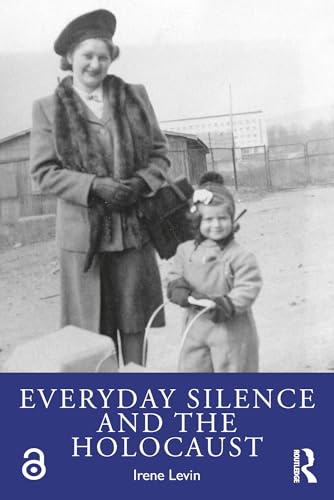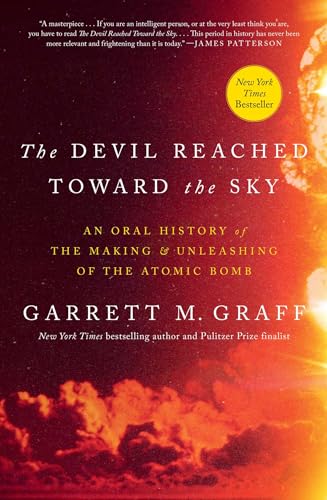
The Augustow Roundup of July 1945
by Teresa Kaczorowska
"Accounts of the Brutal Soviet Repression of Polish Resistance"
Popularity
3.73 / 5
* A book's popularity is determined by how it compares to all other books on this website.
Where to buy?
Buy from Amazon* If you buy this book through the link above, we may receive a small commission at no extra cost to you.
The Augustow Roundup of July 1945 by Teresa Kaczorowska
Details
War:
World War II
Perspective:
Researcher
True Story:
Yes
Biography:
Yes
Region:
Europe
Page Count:
118
Published Date:
2022
ISBN13:
9781476689043
Description
Main Themes and Topics
The Augustow Roundup of July 1945 by Teresa Kaczorowska delves into a harrowing chapter of Polish history, focusing on the aftermath of World War II in the northeastern Augustow region. The book primarily examines the brutal Soviet repression and the tragic fate of more than 7,000 Home Army freedom fighters. Through meticulous research and compelling eyewitness testimonies, Kaczorowska brings to light the suffering and resilience of those who dared to resist Soviet domination. The mystery surrounding the disappearance of approximately 2,000 individuals and the ongoing quest by their descendants to find answers remains a central theme of the narrative.
Writing Style and Tone
Teresa Kaczorowska adopts a journalistic approach combined with a deeply respectful tone towards her subjects. Her writing is both engaging and informative, capturing the intensity and sorrow of the events with sensitivity. Kaczorowska skillfully intertwines detailed historical research with personal stories, creating a vivid tapestry that allows readers to grasp the depth of trauma experienced by the victims and their families. The tone is solemn and reflective, appropriate for the serious subject matter being tackled.
Brief Summary
The book recounts the events during and after the Augustow Roundup of July 1945, where thousands of Polish Home Army fighters were captured by Soviet forces. The narrative explores their subsequent imprisonment under dire conditions and the brutal treatment they faced. Of the arrested, 2,000 individuals vanished without a trace, leaving a painful legacy of unanswered questions for their families. This historical examination is enriched by firsthand accounts, shedding light on a tragic episode that is often overshadowed by other post-war events.









